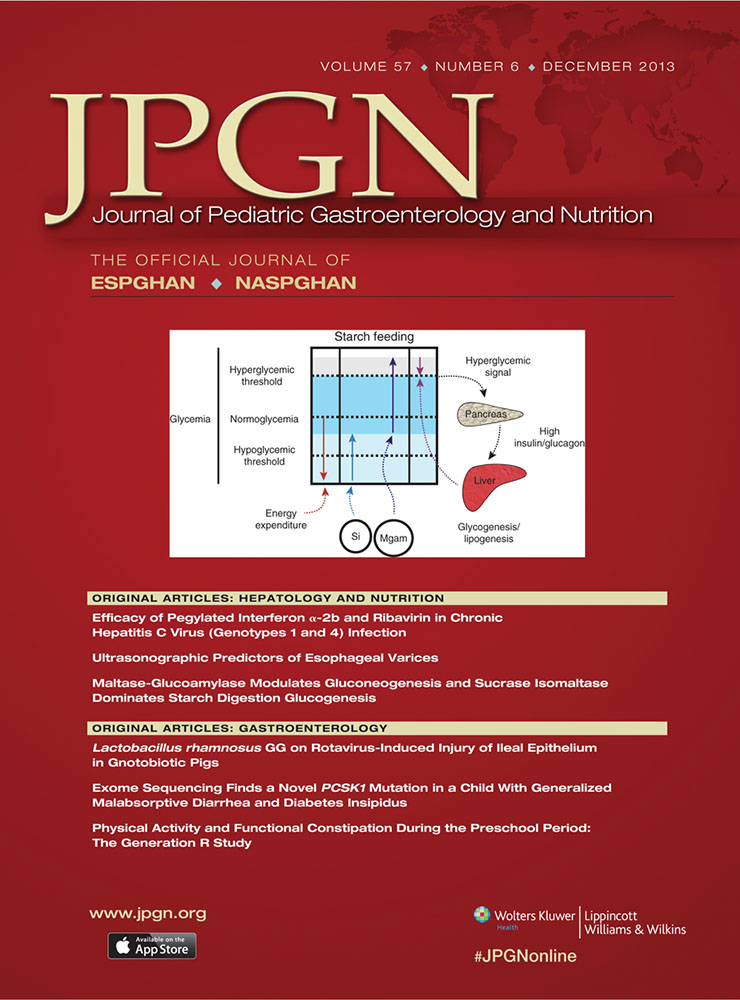Bear-Down Maneuver Is a Useful Adjunct in the Evaluation of Children With Chronic Constipation
Partial financial support was provided as a grant from the International Foundation for Functional Gastrointestinal Disorders.
The authors report no conflicts of interest.
ABSTRACT
Background and Objectives:
Chronic constipation is a common problem in pediatrics and often the result of obstructed defecation. The aim of this study was to determine the use of the bear-down maneuver (BDM) in the evaluation of children with chronic constipation and to establish optimal conditions for its performance.
Methods:
This retrospective study compares BDM with balloon expulsion testing (BET) during anorectal manometry in 38 children with chronic constipation. BDM was performed with 0-, 20-, 40-, and 60-mL balloon inflation. BET, performed with a 60-mL balloon, was considered normal if the balloon was expelled within 1 minute.
Results:
Rectal pressure during BDM was 48% higher in patients able to expel the balloon during BET compared with those who could not (P < 0.05). Anal canal pressure was 46% lower in patients able to expel the balloon (P < 0.05). A rectoanal pressure differential greater than zero during BDM was 90% predictive that the subject would be able to expel the balloon. The optimal balloon inflation volume was 60 mL.
Conclusions:
BDM using an inflated balloon provides valuable mechanistic information in the evaluation of children with dyssynergic defecation. We found that patients often had either an insufficient rectal pressure during bear-down or an abnormally high anal canal pressure. This information may be useful in planning further treatment for these children.




